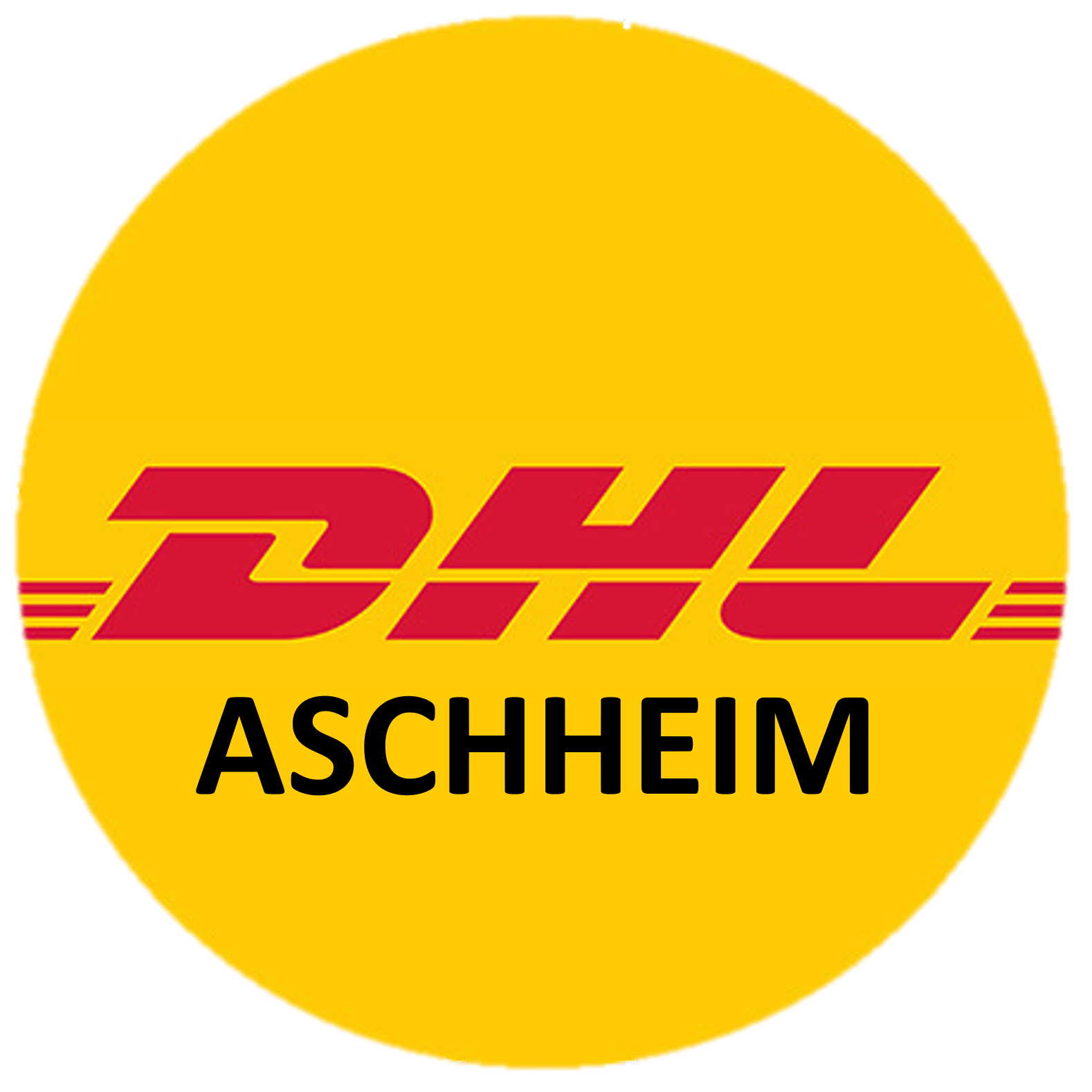Page 1: Initial questions
-
Conducted on
-
Prepared by
-
Location
Checking position
-
CP NUMBER
Page 2: MECHANICAL
DRIVES
-
Is the conveyor mounted on correct line position according to the layout?
-
Is the conveyor mounted in correct direction? Conveyor must be mounted according to direction of flow.
-
Is the conveyor firmly fixed in place and the construction is rigid?
-
Transition between conveyors is aligned and overlaps are correct
-
Base anchor bolts: all fasteners must be verified or audited as secure and stable with a black permanent marker alignment line down the nut and across the base
-
Threads are not extended more than 25mm above the hex nut. (Measure all, but record all incorrect values)
-
Supports and tensioners are set correctly
-
All components for installation are available/delivered
-
Are all components installed and properly fixed?
-
Measuring device (i.e. Gauges, reducers) are mounted correctly, securelly and accessible for reading
-
Pressure regulator allow adjustments and has set point clearly marked
-
Air piping/tubing routed properly, no damage or possible contact with movable parts
-
All grease points are accessible without removing covers
-
If auto-lubrication system installed, it is possible to inspect it for leaks
-
Free of excessive noise
-
No overheating while operating
-
Sprockets are aligned
-
All rollers installed (no missing roller) and moving properly, no damage of bearings or oil leak
-
Check if correct torque is used to mount the screws/nuts
-
Measure the torque in 1 place at least, record the value
-
Correct motors installed (acc. to drawing), correct power
-
Review pulleys and transmission belts. No damage, cracks.
-
Record serial number of all installed motors and their positions to Critical material tracking sheet
-
Record serial number of all installed gearboxes and their positions to Critical material tracking sheet
Belt Conveyor / BMB / TS 1100 / TS 1110 / TS 1200 / TS 1208 / TS 1600 / TS 6200 / TS 6565
-
Belt is tracking properly on top of the conveyor<br>(belts are to be no less than 5mm from side guide), belt properly alligned
-
Review pulleys and transmission belts. Belts properly tensioned, value marked on the label.<br>Record value of tension roller position
-
Return side of belts should not be rubbing the side frames<br>(the belts should not overhand the pulleys)
-
Belts is routed properly through the drives, take-ups, etc.
-
Belt is cutted under correct angle (according to specification). Measure and record angle of cut
-
Conveyor belt is properly tensioned. Record the value
-
Timing belt (Drive belt) is properly tensioned. Record the value
-
Verify Direction of Flow (see arrows on conveyor)
-
Speed of belt is within specification. Record the speed.
TS 2100 / TS 2111 / TS 2730 / TS 2732 / TS 2733 / TS 2734 / TS 2960 / TS 2964 / TS 3100 / TS 4800
-
Conveyor Beds - Aligned, level and secured
-
Accumulation pressure is adjusted according to requirements
-
Correct type of belt is installed (V-Belt X Round Belt)
-
Drive belt should not be twisted
-
Drive belt is not shave (be aware of black debries)
-
Drive belt should not make a “popping or squeaking” sound on start up
-
Pulley bearing check – all pulleys on bearing should run smoothly without noise and vibration. Check manual spin
-
Are all swivels installed? (No missing swivel bar, no missing wheel)
-
All the swivel wheels are moving properly
-
Verify Direction of Flow
-
Speed is within specification. Record measured speed.
-
All Photo Eye’s installed, are working and on target
Page 3: ELECTRICAL
GENERAL ELECTRICAL CHECK
-
Electrical installation layout/drawings available
-
All components for installation are available/delivered
-
All components for installation are installed and properly secured
-
Conveyors are grounded to PE bar in MP and interconnected (see installation guide for instructions).
-
All groundings connected to metal (not on painting etc.)
-
Earthing: The resistance between the PE terminal (see 5.2 and Figure 4) and relevant points that are part of the protective bonding circuit shall be measured with a current between at least 0,2 A and approximately 10 A derived from an electrically separated supply source
-
All measurement protocols are done (according to IEC and local standards)
-
Belt tracking and tensioning positions are not blocked by containment or support brackets
-
Electrical enclosure is free from any fluid handling systems (i.e. pneumatics, hydraulics)
-
Record serial number of all installed encoders and their positions to Critical material tracking sheet
-
Record serial number of all installed VFDs and their positions to Critical material tracking sheet
Main panel
-
Positioned and fixed as per area layout with no visible external damage
-
Kick plates, corner covers, fan cover and lifting eyes are fitted
-
Signal column and beacon are fitted
-
All required labels are installed (example: 400V Warning label, Isolation Warning label, Traffolyte identification label etc)
-
Equipotential bond from the cabinet earth bar to the area cable containment are installed
-
Equipotential bonds from the cabinet frame to the cabinet doors are fitted
-
No missing components
-
Field cables are terminated, all spare cores have the ends insulated, cable sheath markers are fitted
-
Unused cable glands are removed and replaced with blanking plugs
-
Trunking covers are present and fitted
-
Clean, free of debris and combustible material
-
Provide a safety measurement record of Live Test of AC Branches with certified measurement device (record shall be provided by Authorised person)
-
Provide a safety measurement record of Dead Test of AC branches with certified measurement device (record shall be provided by Authorised person)
-
Provide a safety measurement record of main cable feeding our MP from customers MDP (main distribution panel) (record shall be provided by Authorised person)
-
Provide a callibration certification of the measuring devices (electronicaly)
Cable trays
-
Routes are installed as per specifications; all deviations are approved by the HW EM Site Supervisor
-
All cable trays are securely fixed and lidded throughout
-
Support brackets / threaded rods are filed and painted at cut edges, end caps are fitted
-
Clean, free of debris and combustible material
-
Cable tray is grounded with an earth strap ≧6mm2
-
Edging strip fitted at point of contact with cables, filed and painted at cut edges. The edges of cable tray edges should be protected not to cut the cables
Cables
-
Cables are segregated as per drawings and the installation standard
-
Wraps are trimmed with no sharp edges
-
Cables are undamaged, with no cuts in the cable or core insulation. No exposed conductors.
-
Cables are terminated neatly (spare length kept to the minimum) using the correctly sized ferrules. All spare cores are fitted with sleeves at their bare ends
-
Sheath markers are fitted to both ends of all cables with the text reading away from the gland or terminal
-
Uniform cabling methods are used for similar situations with all cables securely tied to the containment as required, cable bend radius are not tight
-
Field cables are terminated, all spare cores have the ends insulated, cable sheath markers are fitted
-
MDR motor cables are not in contact with belt
Panels installation
-
Positioned and installed as per the mechanical installation layouts, deviations are approved by the HW EM Site Supervisor
-
No visible external damage
-
All required labels are installed
-
Local Cabinets are equipotentially bonded with cable containment by means of an earth-strap ≧6mm2
-
All unused cable glands are removed and replaced with blanking plugs
-
Clean, free of debris and combustible material
Field Kit installation
-
Connectors to field devices are secure (PEC’s/Proximity switches)
-
Legends fitted to all control switches, push buttons and indicators
-
Pen marks and temporary tape labels have been removed
Profinet and communication Installation
-
Cable segregated from all power cables by means of barriers
-
Minimum length of cable between nodes ≥ 1m
-
Segment lengths are within the specification / schematics
-
Cables do not run parallel to power cables inside cabinets
-
All terminators are set as per the schematics
-
Network Report completed
Page 4: SAFETY & APPEARANCE
GUARDING
-
Belt/Chain drive guards installed & free of damage
-
Pinch point on the conveyor - no overlap
-
Exposed rotating devices covered
-
All finger guards installed
-
Max. gap of 5 mm between fingerguard and movable part allowed
-
All covers (bottom cover etc.) installed
-
Guards and covers fixed with all the bolts, no missing bolts
-
No loose hardware (screws, nuts etc. remains in conveyor)
SIDE GUIDE
-
Guide rail lapped correctly
-
Correct side guide rail installed
-
Guide rail installed straight
-
Guide rail transitioned correctly
-
Cut sections are clean, straight & touched up
-
Guide rail free of sharp edges
-
Guide rail has proper hardware & connections
-
Max. gap of 5 mm between sideguard and movable part allowed
ALIGNED LEVEL & SECURED
-
Conveyor is installed straight, it does not walk/bow
-
Conveyor is installed level or angled continuous (acc to the product specification). Record value
-
Conveyor is racked properly
-
Conveyor supports are plumb, anchored, proper bracing and proper locations
-
Conveyor to conveyor transitions are set to proper heights
APPEARANCE
-
Conveyor contains no damaged parts
-
Conveyor does not have scratches paint
-
Touch up paint matches original paint
-
Conveyors are not dirty
-
Conveyors do not have sharpie or other markings
-
Conveyor is in "New" condition
-
No leakage on motors/gearboxes. Check flanges, vents etc.
Page 5: PRODUCT CONVEYANCE
PRODUCT CONVEYANCE GENERAL
-
All types of parcels (boxes, totes, envelopes, bags) flow smoothly through the conveyor, they don't touch any equipment (photoeyes etc.), they don't catch on or jam over.
-
All types and sizes of parcels are diverted fully and correctly
ACCUMULATION CONVEYOR
-
Does the product stay edge aligned
-
Does the product accumulate correctly (No excessive line pressure. No large gaps between product)
-
Does the product restart correctly (No delay when the zone turns on)
-
Does the product stop correctly (Product does not over shoot zone. Product does not "crash" into product downstream)
-
When accumulating does product become "skewed" to the correct side (brings boxes to the right or left of the conveyor)
DIVERTING
-
Are all types of parcel diverted properly?
GRAVITY
-
Does the light small product make it down <br>the line when starting from a stopped position?
-
Does the product "rock" due to roller/skate wheels centers?
-
All types and sizes of parcels slide freely from infeed to outfeed of chute
-
Infeed of spiral vonveyor is lower than proceeding conveyor
-
Output of spiral conveyor is higher than following conveyor
LIFT-UP CONVEYORS
-
Does all types of parcels move properly, parcels don't stuck
-
The parcels stay on their place when conveyor stops







